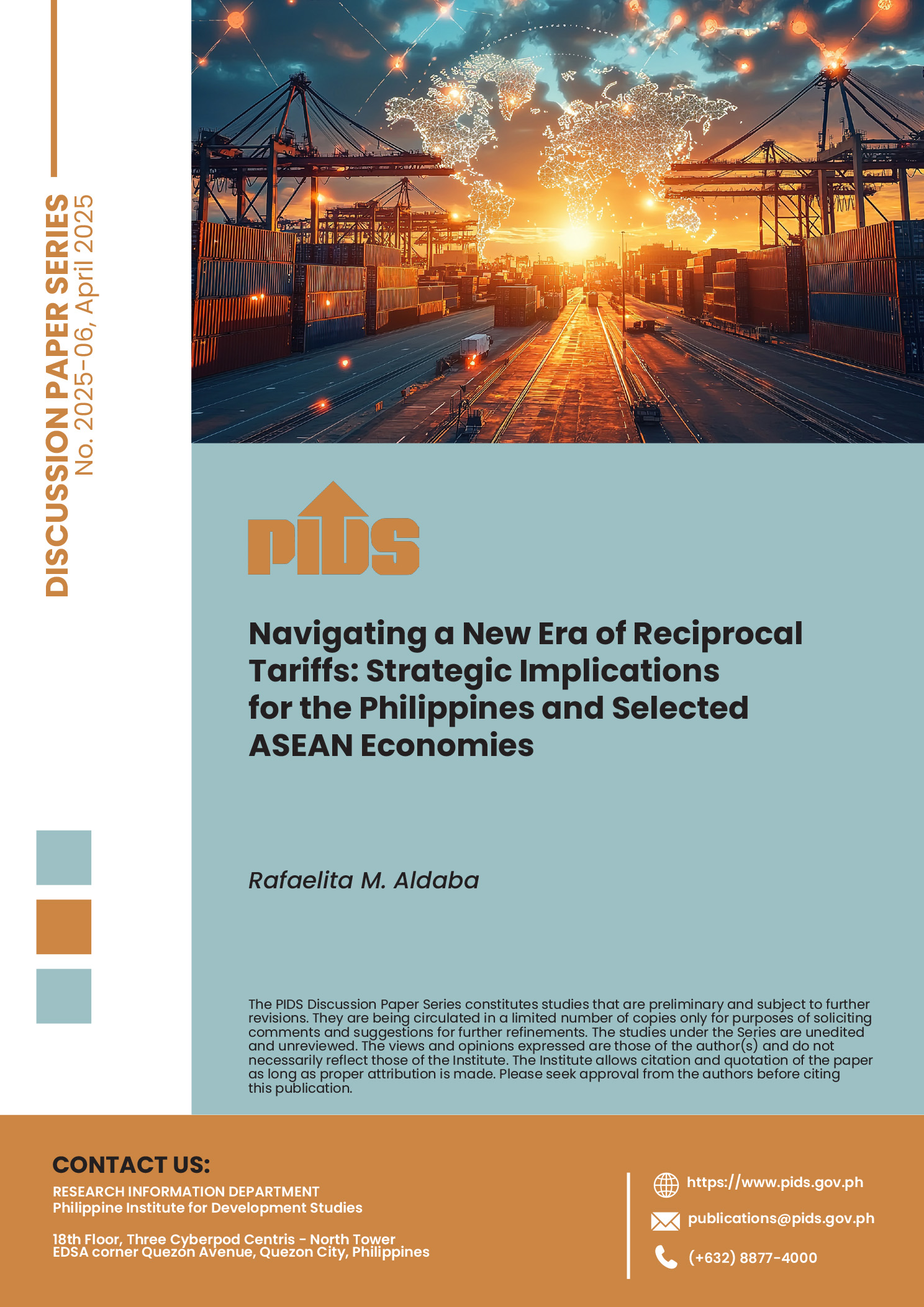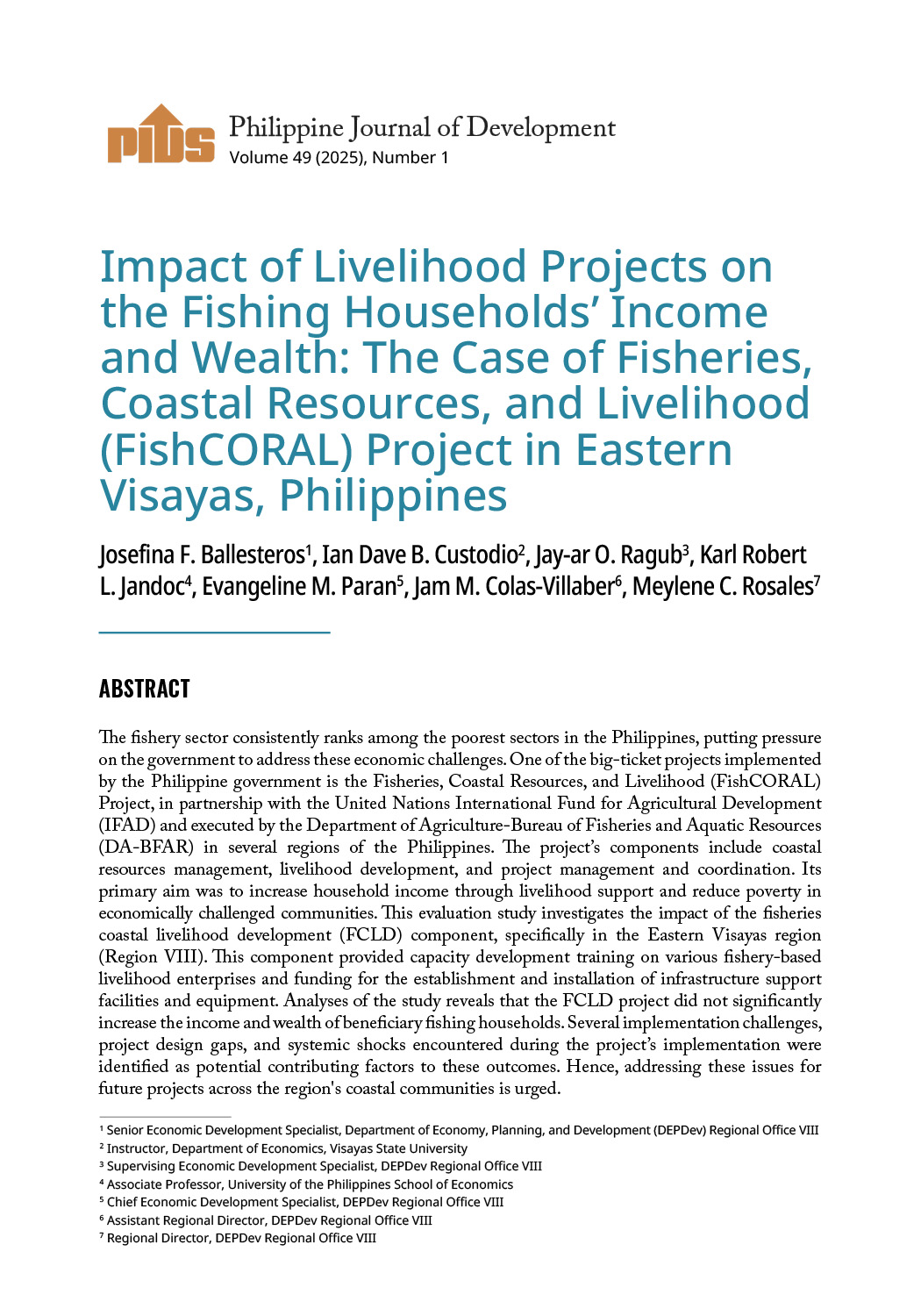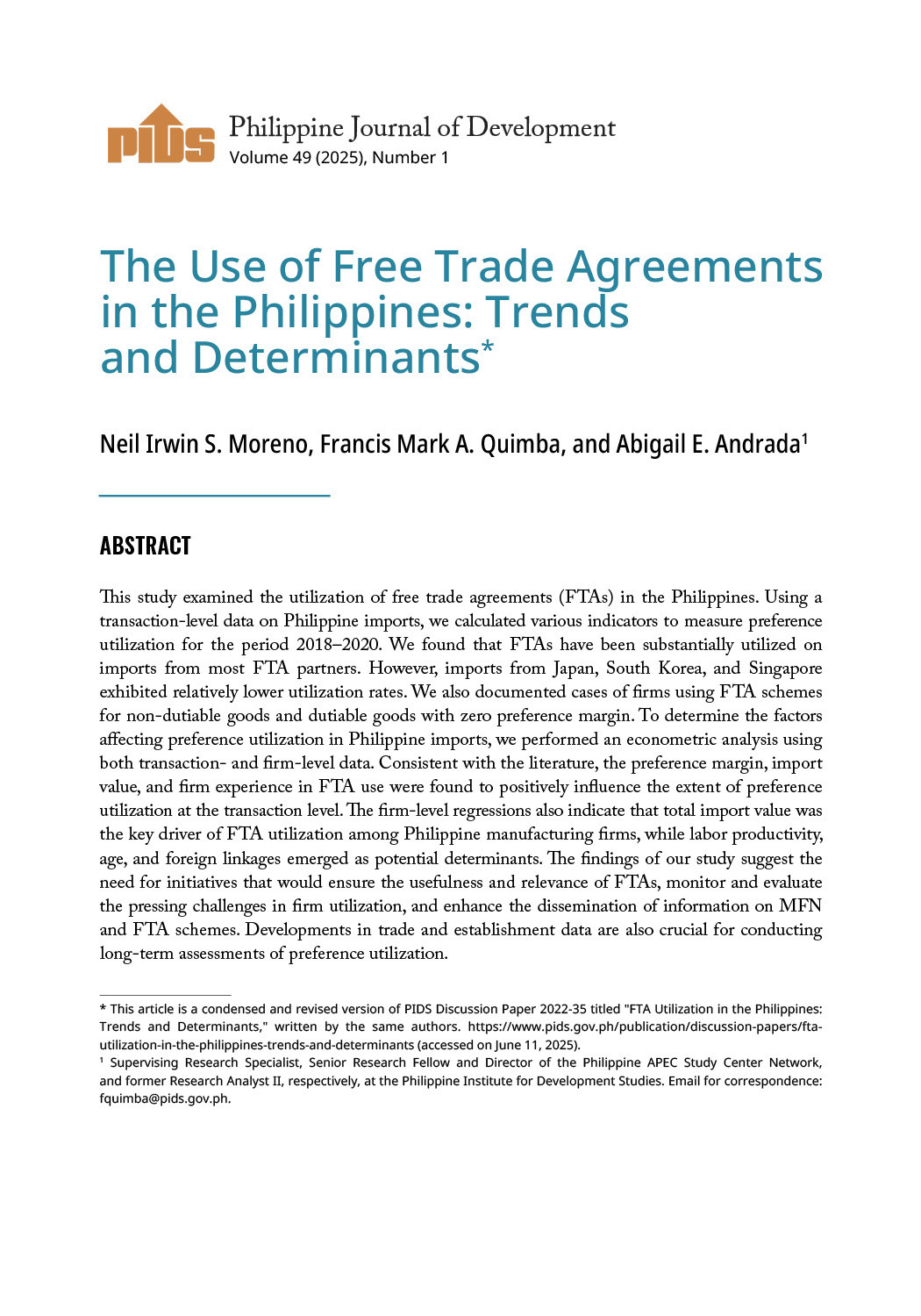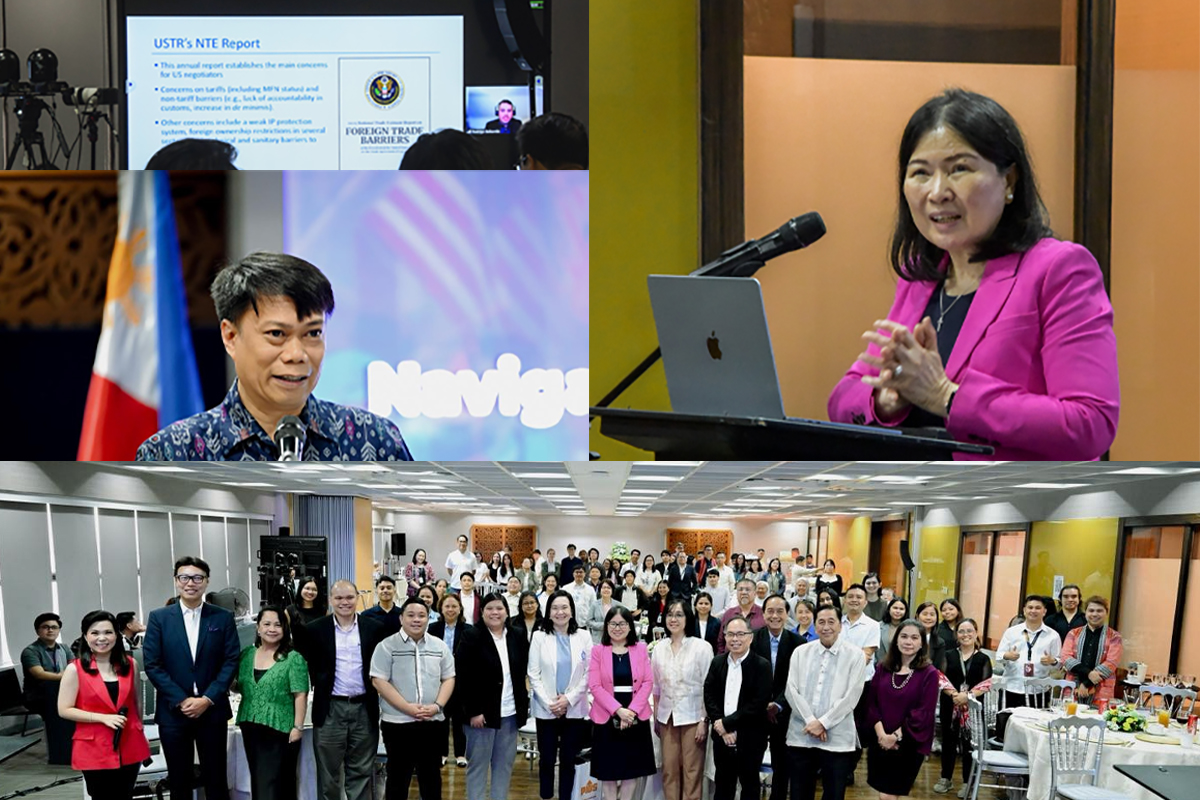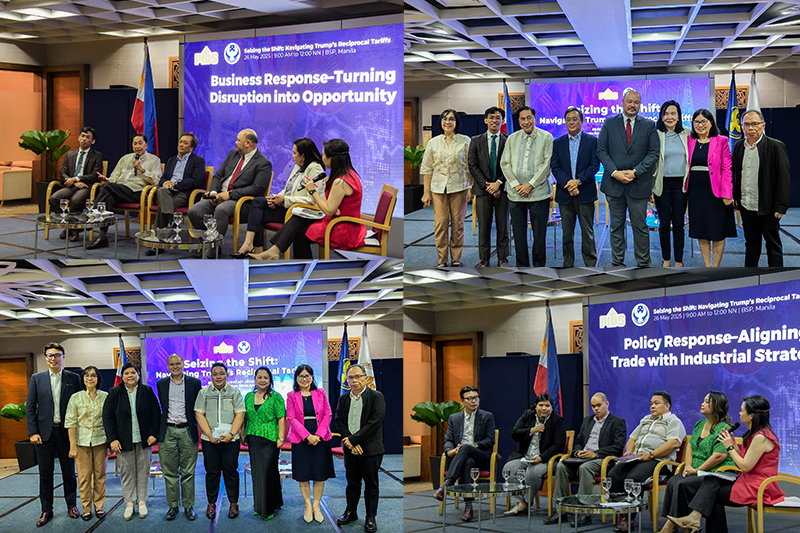THE Senate Committee on Food and Agriculture wants to perpetually earmark at least P10 billion to the rice sector annually once the quantitative restriction (QR) on the staple is scrapped.
Sen. Cynthia A. Villar, committee chairman, said she will incorporate a provision mandating the allocation of P10 billion to the rice sector every year in the Senate’s version of the rice-tariffication bill.
This provision, Villar said, would improve the productivity of rice farmers and help them become competitive with their Southeast Asian counterparts who can produce rice at a lower cost.
“I have conditions that they [economic managers] have to meet. For example, they have to set aside P10 billion for rice farmers to help them mechanize and buy [better] seeds to hike their income and make them competitive,” she told reporters at the sidelines of a coastal cleaning event in Kawit, Cavite, on June 20.
“Even if the government imposes a 35-percent tariff on rice from Vietnam, if our farmers are not competitive, they will still be edged out by foreign producers,” Villar added.
She said the P10-billion fund should be initially shouldered by the national government. Later on, the amount can be drawn from tariffs collected from rice imports.
“There will be a rice competitiveness enhancement fund [RCEF] from the tariffication. But if we are going to wait for that, then our farmers would lose right away,” she said. “The government has to frontload P10 billion.”
Villar said she is “lukewarm” to the House of Representatives’s proposal to limit the effectivity of the RCEF to six years.
“[The RCEF] should be perpetual unless the [law] is amended. For me, I am not keen on a six-year effectivity period. It should only be removed once the farmers are competitive,” she added.
The House version of the rice-tariffication bill includes a provision mandating the creation of the RCEF, which would consist of all the tariffs earned from rice imports. But if necessary, Congress could pass a measure amending the law to extend the life of the RCEF.
The earlier House version indicated that the RCEF would be perpetual. It was later on amended to reflect the recommendation of the Department of Finance to limit the fund’s effectivity to six years.
Removing the QR on rice by amending Republic Act 8178 would allow the government to generate P27 billion annually, according to a paper published by the Philippine Institute for Development Studies (PIDS).
The PIDS paper noted that the projected revenues would come from the importation of some 2.2 million metric tons of rice at a 35-percent tariff. Purchases of imported rice are expected to increase once the government removes the QR.
Economists and some farmers’ groups said the P10 billion is not enough to make Filipino rice planters competitive.
“Our preference is to earmark all tariffs collected from rice imports to the sector, as indicated in the House version of the bill,” Raul Q. Montemayor, national business manager and program officer of the Federation of Free Farmers, told the BusinessMirror.
“The P10 billion is less than what is expected be collected in just the first year. We basically support the House version but would prefer a longer earmarking period,” Montemayor added.
He said his group would recommend an effectivity period of 10 years for the RCEF, which could be reviewed to determine whether it should be extended.
Dr. Rolando T. Dy, executive director of the University of Asia and the Pacific’s Center for Food and Agri Business, said the life of the RCEF should be limited to only 10 years.
“I think 10 years is enough to be competitive or not. The key is choice. Either [rice farmers] become productive, or they diversity their crops in 10 years,” Dy told the BusinessMirror.
‘Counterproductive’
Some experts said, however, that the creation of a fund to help farmers cope with the removal of the QR could discourage competitiveness, especially if it does not have a clear timeline.
Sans a “time bound” fund, former Tariff Commissioner George Manzano told the BusinessMirror that rice farmers could become “complacent.”
“It may be better if the fund is time-bound or there are performance measures for it to be extended,” Manzano said in a phone interview on Thursday.
Manzano said the fund is a form of cash transfer that can be periodically reviewed. This, he said, is crucial, since the source of the fund will initially come from the national government and then from tariffs collected by the Bureau of Customs.
Not a subsidy
He also said the rice fund should not be considered as a form of subsidy, which is widely frowned upon by other member-countries of the World Trade Organization (WTO).
National Economic and Development Authority Undersecretary for Planning and Policy Rosemarie G. Edillon shared this sentiment and said that the rice fund is a form of “welfare assistance” to poor farmers.
“We think the WTO will agree with the social objectives of the fund, given the poverty incidence in the sector,” Edillon told the BusinessMirror via SMS.
She said one of the goals of the fund is to help rice farmers increase their competitiveness and diversify to other crops.
“The details of the fund are still being worked out. Broadly, it’s intended to increase competitiveness, in the case of productive rice farms. For unproductive farms, it will support diversification,” Edillon said.

